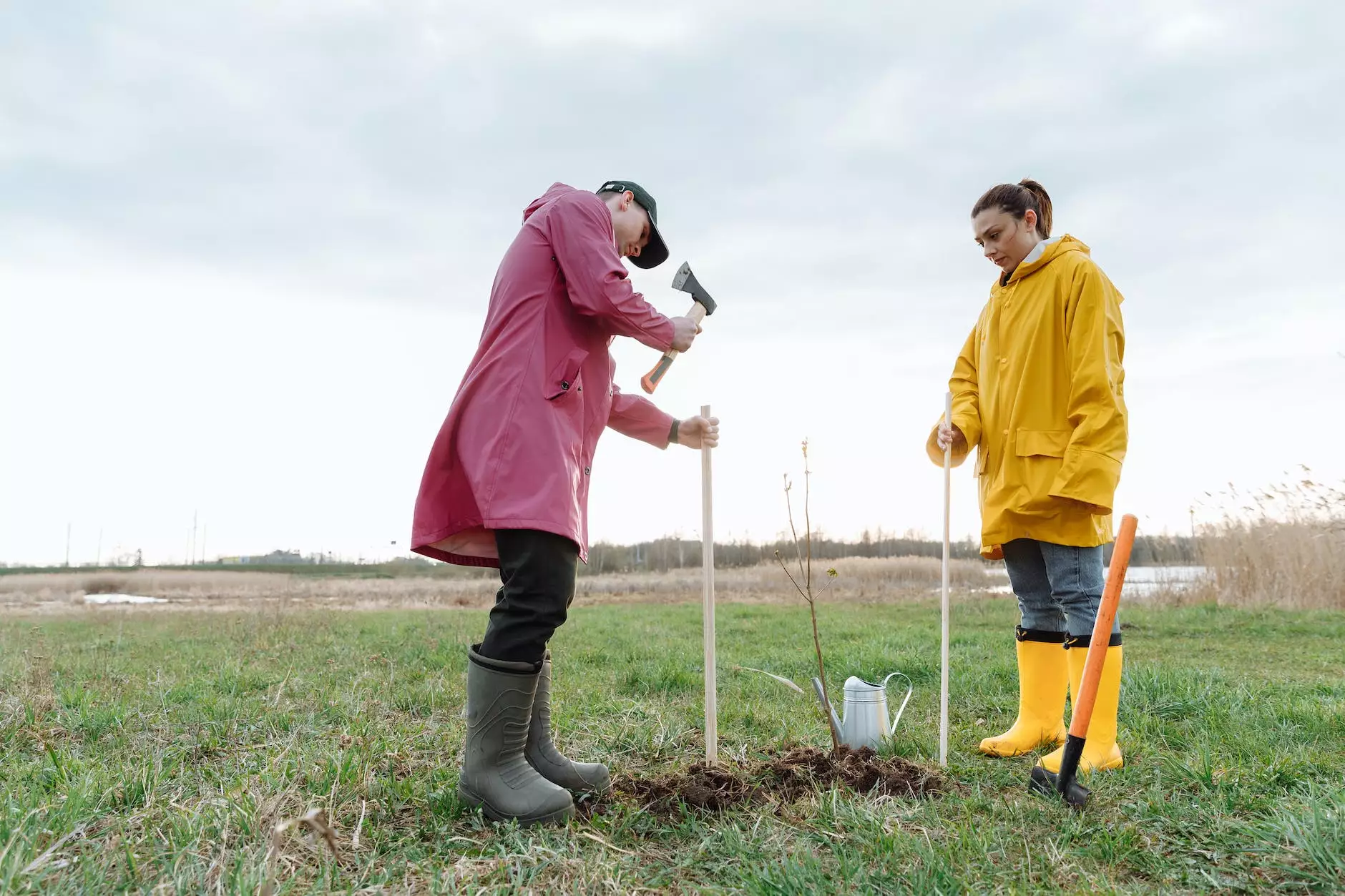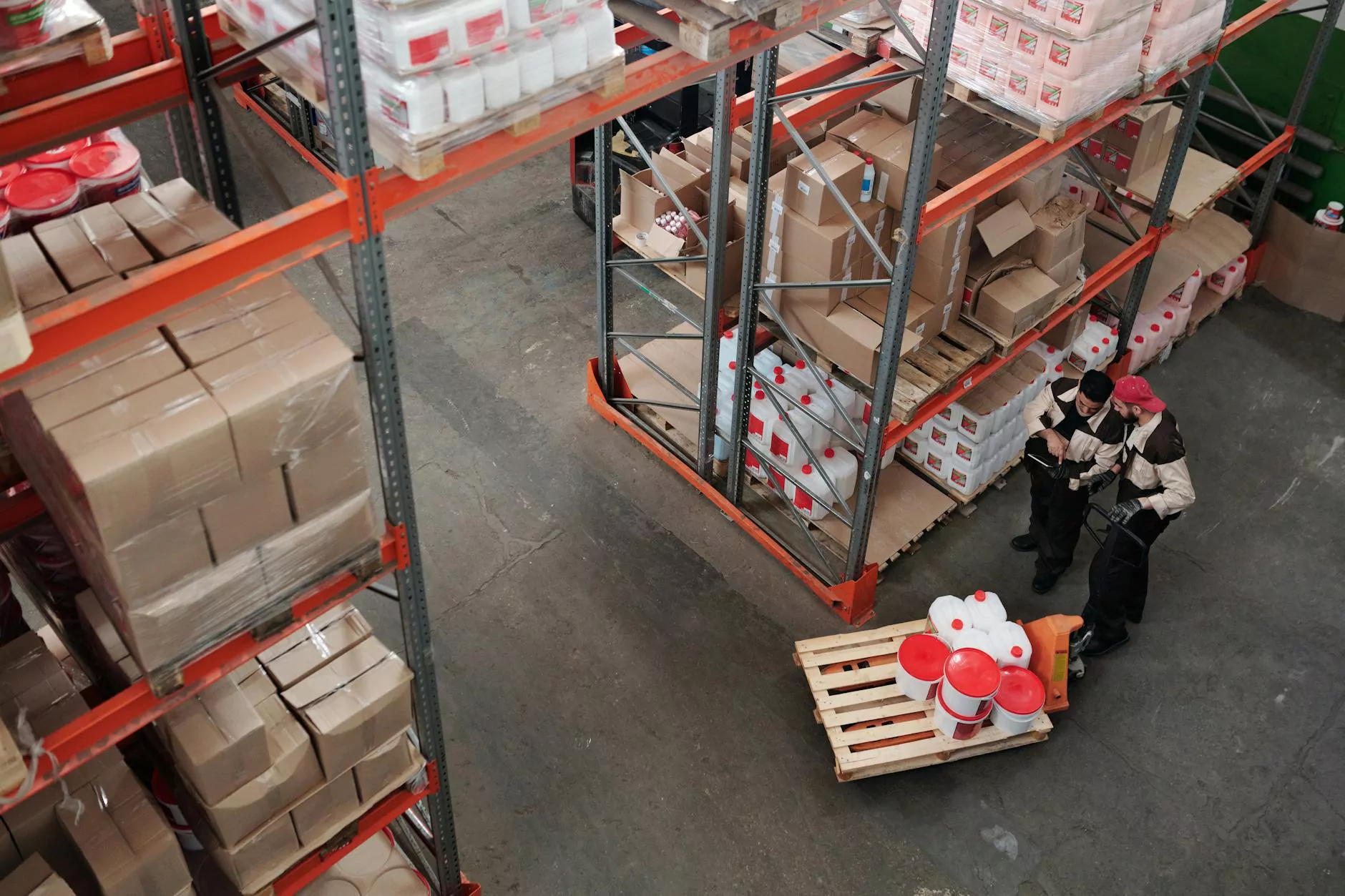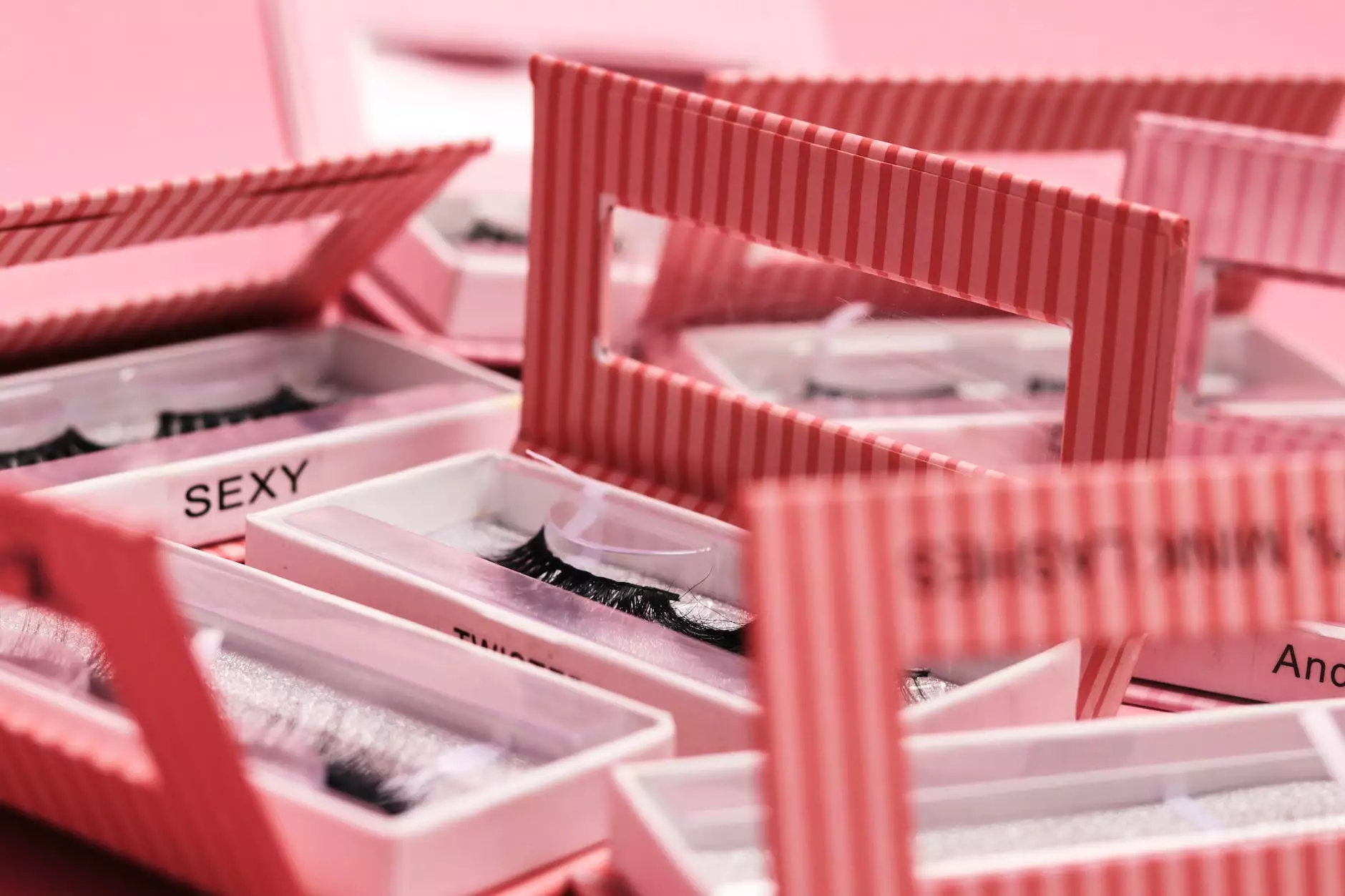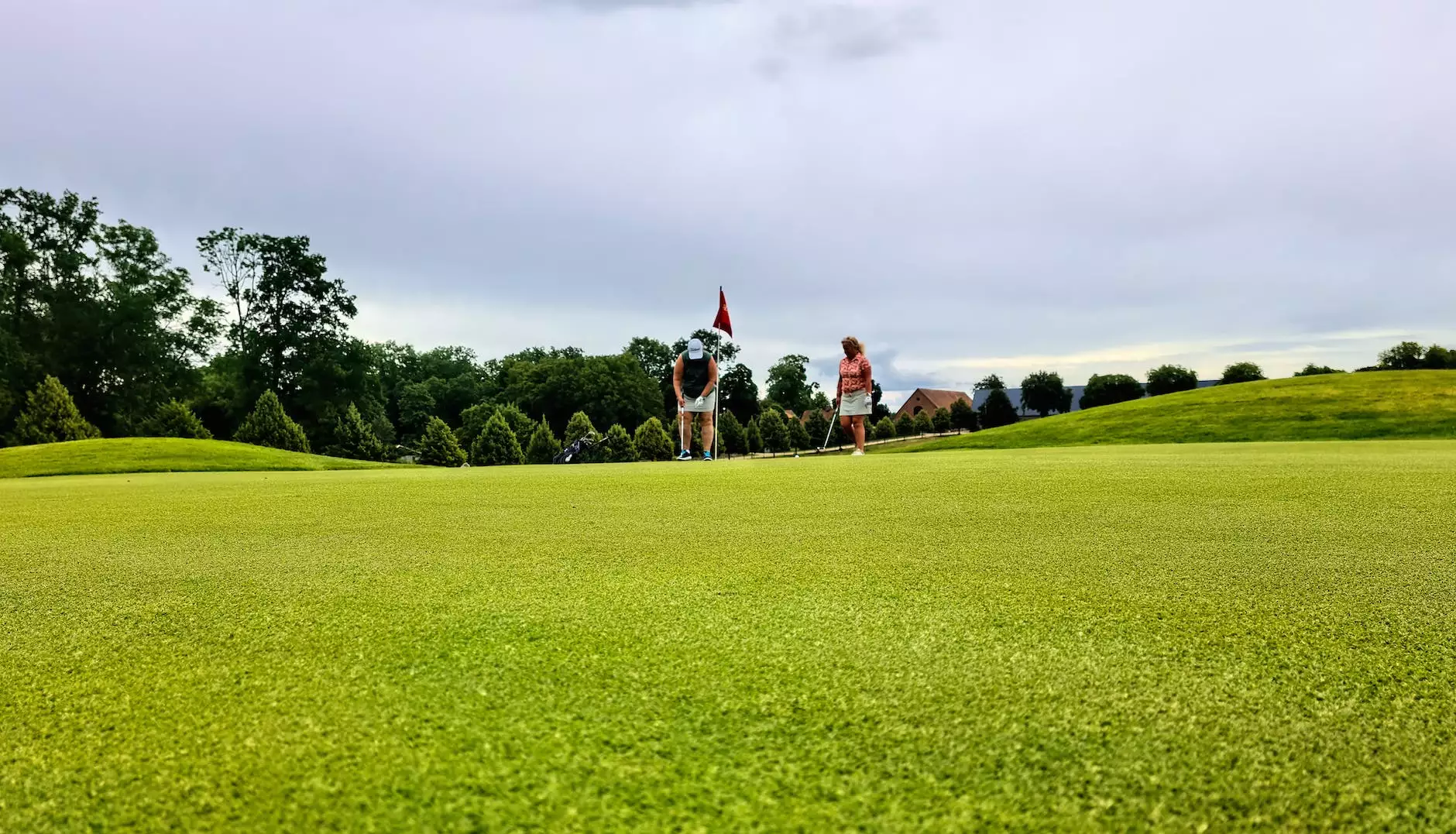Can you use building sand under artificial grass?
Artificial Grass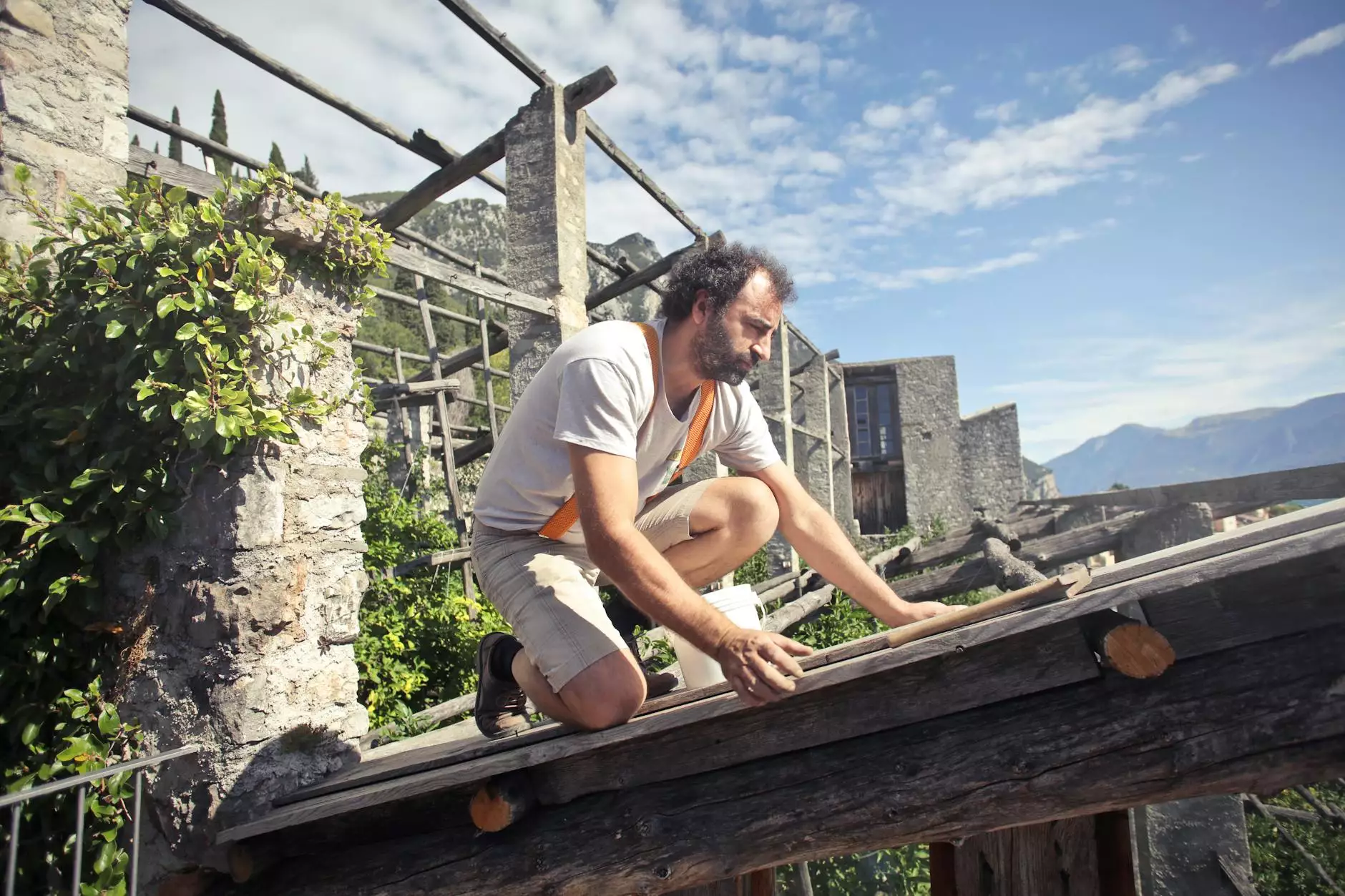
When it comes to installing artificial grass, one important question that often arises is whether building sand can be used as a base material. In this article, we will delve into the topic and explore the pros and cons of using building sand under artificial grass.
Understanding the purpose of a base material
Before we discuss using building sand specifically, it is crucial to understand the purpose of a base material in artificial grass installations. The base serves as a stable foundation that supports the turf, provides proper drainage, and helps prevent any unevenness on the surface.
The pros of using building sand
Building sand, also known as soft sand, is commonly used in various construction projects. Here are some potential advantages of using building sand as a base material for artificial grass:
- Cost-effective: Building sand is generally more affordable compared to other specialized infill materials.
- Availability: Building sand is widely available in most locations, making it convenient for many homeowners and contractors to source.
- Easy installation: The process of installing building sand as a base material is relatively straightforward, making it accessible even for DIY enthusiasts.
The cons of using building sand
While building sand may have some advantages, it is important to consider the potential drawbacks before deciding to use it as a base material for your artificial grass:
- Drainage concerns: Building sand does not offer excellent drainage properties, which can lead to water pooling and potential issues with mold or mildew growth.
- Inconsistent compaction: Achieving consistent compaction with building sand can be challenging, resulting in uneven surfaces over time.
- Less resilience: Building sand lacks the cushioning and resilience provided by specialized infill materials, which may affect the overall comfort and usability of the artificial grass.
Considerations for your specific project
Ultimately, the suitability of using building sand under artificial grass depends on multiple factors, including the specific requirements of your project, climate conditions, and personal preferences. It is advisable to consult with a professional synthetic turf installer to evaluate the best base material options for your specific situation.
Alternative base material options
While building sand is one option, there are several alternative base materials that may offer better performance for your artificial grass installation:
- Crushed stone: Crushed stone is a popular choice due to its excellent drainage capabilities and stability.
- Decomposed granite: Decomposed granite provides good drainage, compacts well, and offers natural aesthetics.
- Specialized infill materials: Various specialized infill materials are available, such as silica sand or rubber infill, which offer enhanced cushioning and drainage properties.
In summary
While building sand can be used as a base material for artificial grass, it is important to weigh the pros and cons mentioned above. Understanding the specific requirements of your project and consulting with professionals can help you make an informed decision about the most suitable base material for your artificial turf installation.
At Metate Industrial Supply, we specialize in providing high-quality materials and expert advice for artificial grass installations. Contact us today to discuss your project needs and explore the best base material options for your artificial turf.

